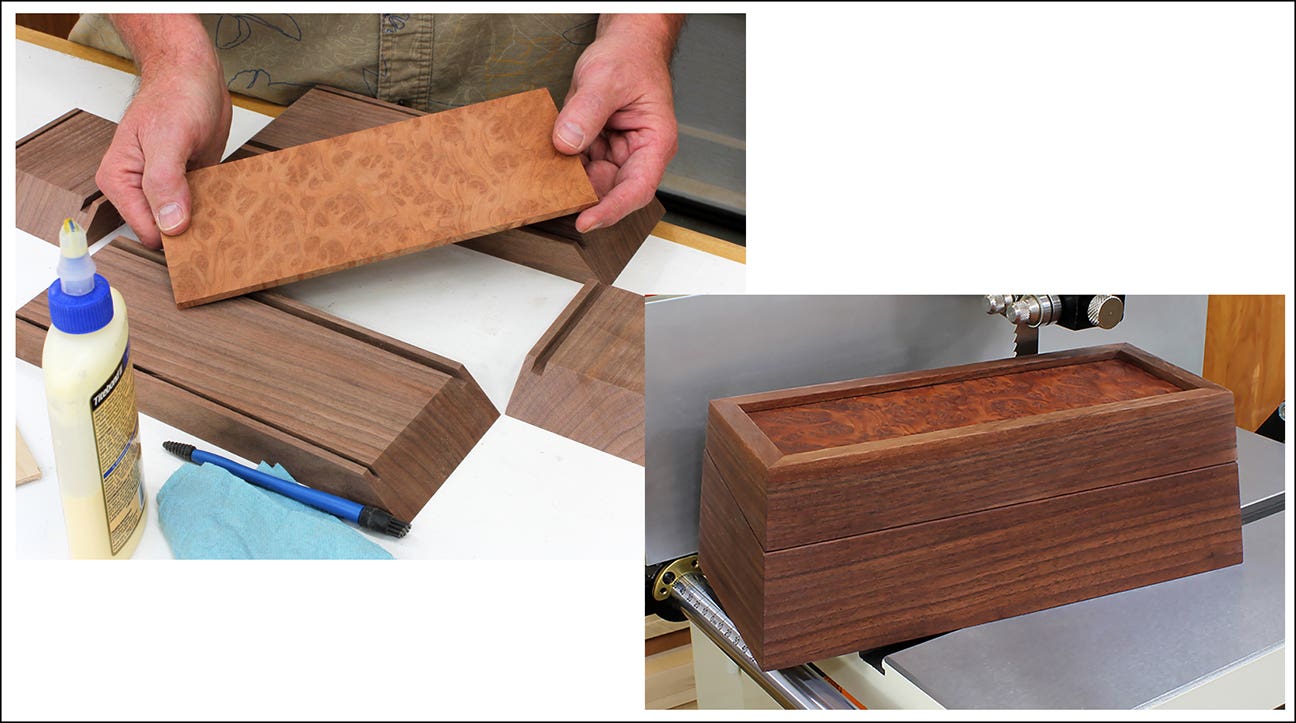Thinking out of the box (joint)
One of the coolest things to do in woodworking is to take a technique intended for one thing and incorporate it into another.
One of the coolest things to do in woodworking is to take a technique intended for one thing and incorporate it into another.
Box joints are awesome for boxes. They’re strong, attractive, and once your cutter — a table saw or router table — is set up, they’re fast and easy to produce. I’ve made dozens of boxes using that technique over the years, but they’re a perfect example of a process created for one thing that can be applied to another.
The whole idea of a box joint is to achieve rock-solid strength, and once glued up the joint is nearly indestructible. But what if the goal was flexible strength instead?
Well, box joints are built for that, too. Since they’re assembled by sliding together, flexibility is built in — you just don’t use glue. Back in old-timey days, hinges were made this way. Sam Maloof made many of the doors in his home like this, and even today’s metal hinges are a variation on the box joint concept.
Some time back I decided to put box joints where you’d never expect them: in a simple paper towel holder. The basic idea of a paper towel holder is a stick glued into a base. One hole, two parts, easy-peasy.
But for something a bit more attractive that matched our cabinetry, I took the stick-and-base approach, but added a back and a box-jointed top. I suppose someone probably thought of this before, but I’ve never seen one like it before or since. I enjoyed how it turned out, and have incorporated the same technique in other projects, even going full circle to use it in, of all things, a box. Not for the corner joints, but a hinged lid.
A.J. Hamler is the former editor of Woodshop News and Woodcraft Magazine. He's currently a freelance woodworking writer/editor, which is another way of stating self-employed. When he's not writing or in the shop, he enjoys science fiction, gourmet cooking and Civil War reenacting, but not at the same time.







